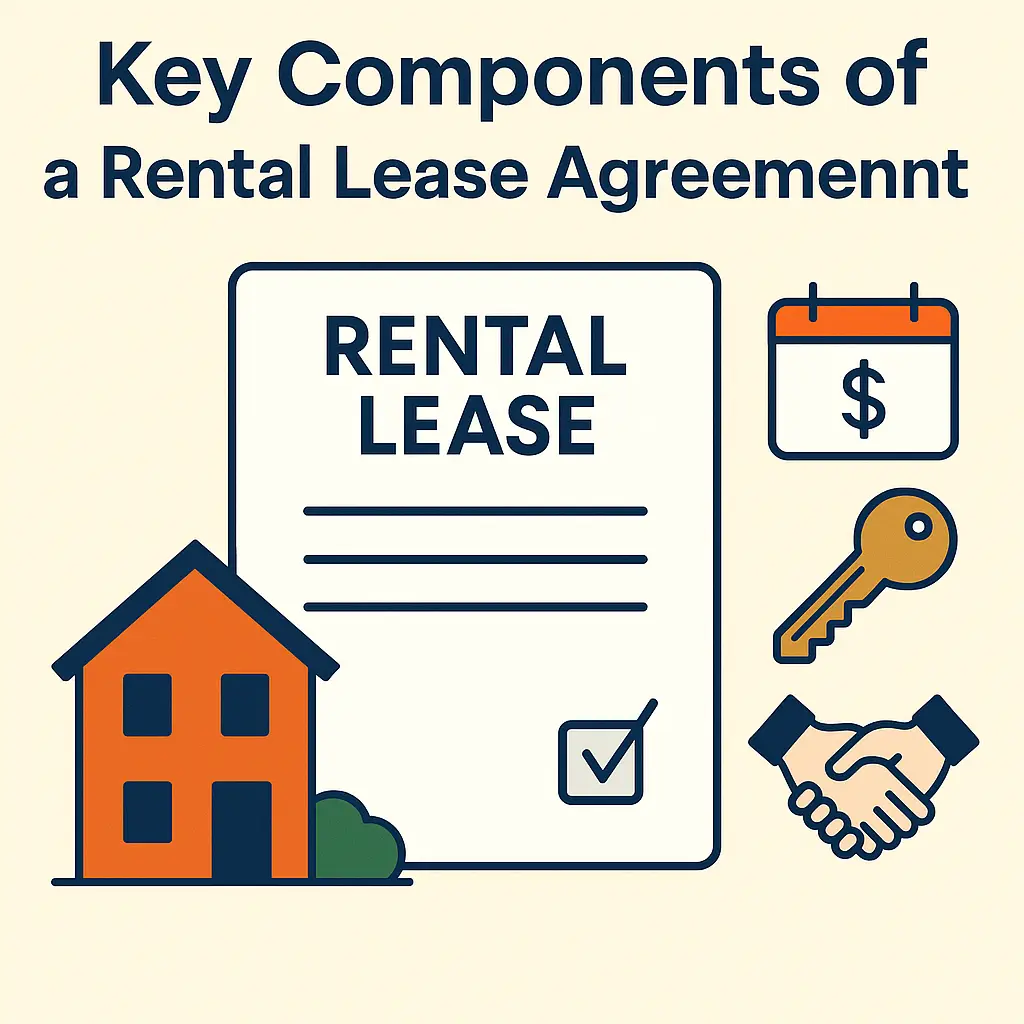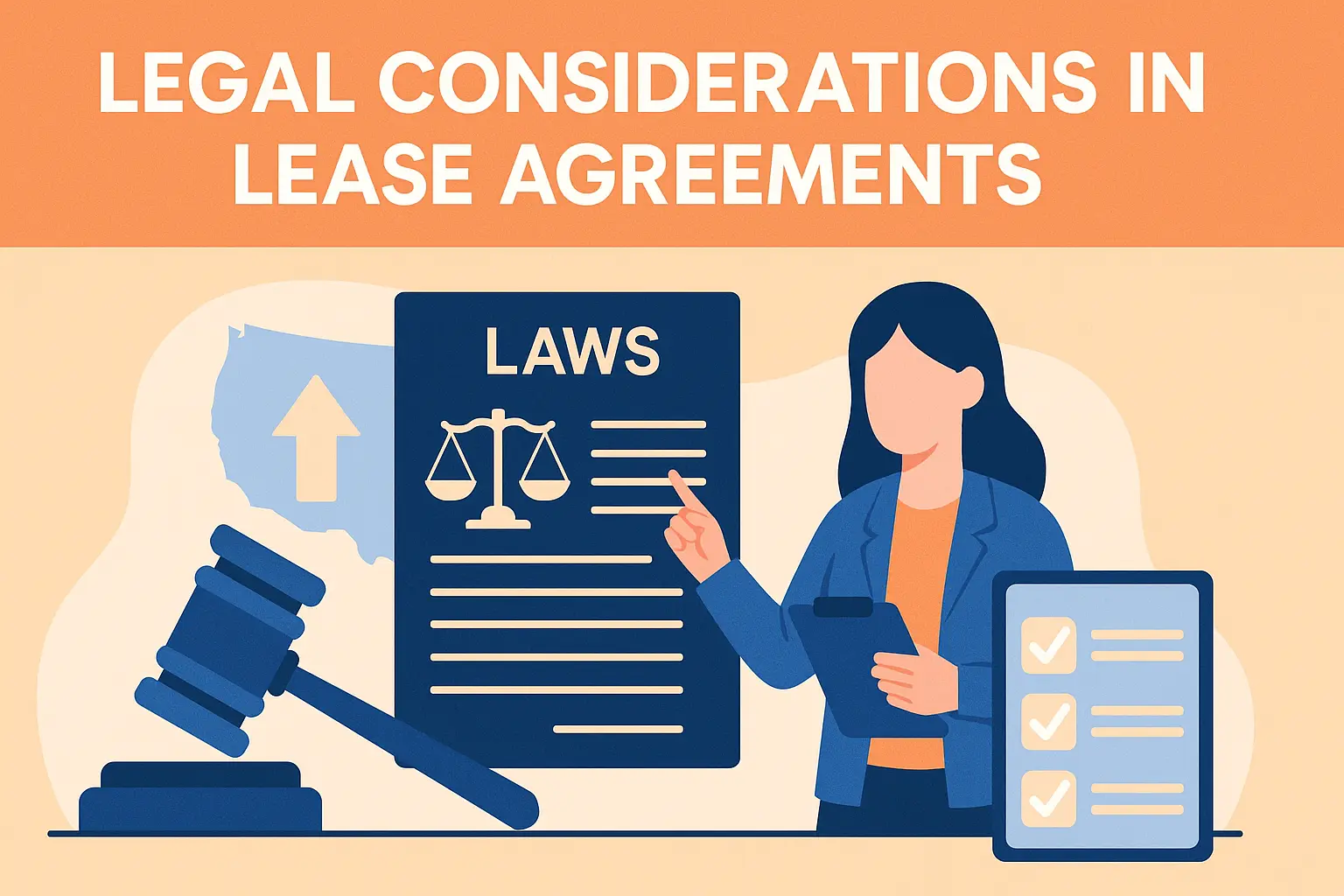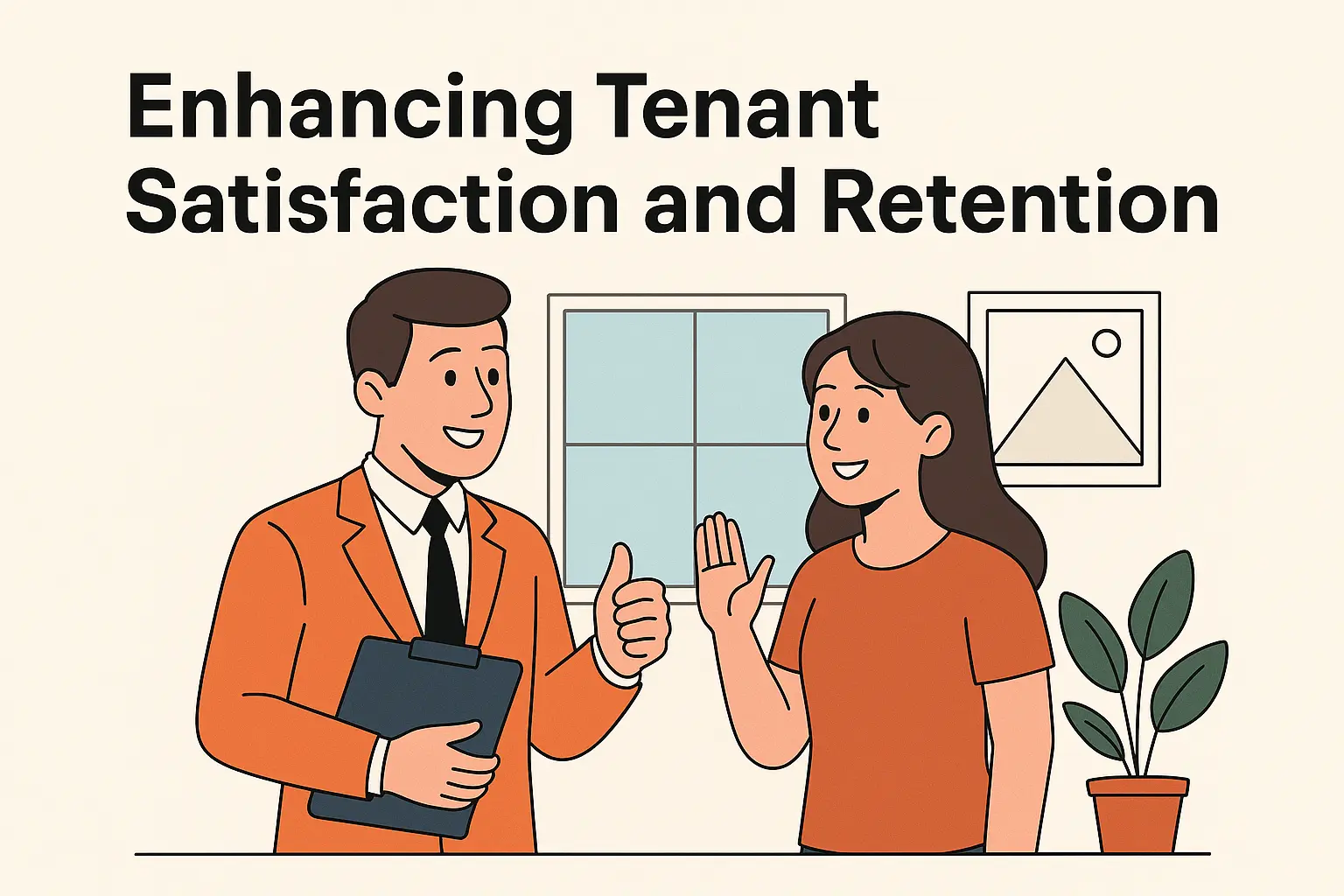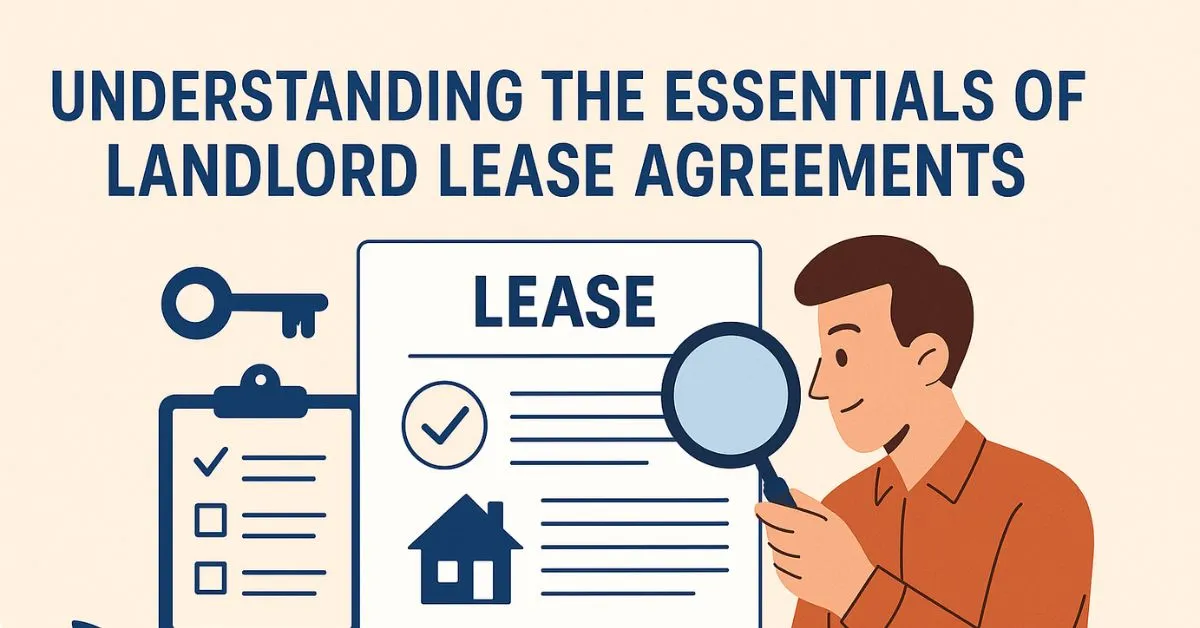In this article, we'll walk you through the key elements of a landlord lease agreement, helping you navigate its complexities with ease.
What is a Landlord Lease Agreement?
A landlord lease agreement, commonly referred to as a rental lease or rental contract, is a legally binding document between the landlord and tenant. It outlines the terms and conditions under which a tenant can occupy a rental property. This contract serves as a blueprint for the rental relationship, detailing everything from rent payment schedules to maintenance responsibilities.
The Purpose of a Lease Agreement
The primary purpose of a lease agreement is to establish a clear framework for the rental relationship. By explicitly defining the expectations of both parties, it minimizes the likelihood of disputes. A well-crafted lease also acts as a reference point for resolving any issues that may arise during the tenancy, providing a clear course of action.
Types of Lease Agreements
There are various types of lease agreements, each catering to different needs. Fixed-term leases offer stability and predictability for both parties, generally lasting for a year. Month-to-month leases provide flexibility, allowing either party to terminate the agreement with short notice. Understanding the nuances of each type can help you choose the one that best aligns with your property goals.
Common Misconceptions About Lease Agreements
Many landlords and tenants harbor misconceptions about lease agreements, leading to potential legal pitfalls. Some believe that verbal agreements are sufficient, but these are often unenforceable. Others might think that a standard lease template will suffice, yet customization is crucial to address specific circumstances unique to your property and tenants.
Key Components of a Rental Lease Agreement
Understanding the key components of a rental lease agreement is vital for property owners and investors. Each section of the lease serves a specific purpose and contributes to a harmonious landlord-tenant relationship.

Property Details
This section includes the address of the rental property, the type of dwelling, and any specific inclusions such as parking spaces or storage units. It's crucial to be precise in this section to avoid any ambiguity.
Describing the Property Accurately
An accurate description of the property is essential to prevent misunderstandings. Include details about the property's layout, the number of rooms, and any appliances or amenities provided. This clarity helps set expectations from the outset, reducing potential conflicts later on.
Inclusions and Exclusions
Clearly outline what is included in the rent, such as utilities, and what is not, such as lawn care or snow removal. Including a comprehensive list of inclusions and exclusions can prevent disputes over unexpected expenses and responsibilities.
Addressing Shared Spaces
If the property includes shared spaces, such as a laundry room or garden, specify how these areas can be used. Establishing rules for shared spaces can help maintain harmony among tenants and preserve the condition of the property.
Lease Term
The lease term defines the duration of the rental agreement. It can be a fixed-term lease, typically lasting one year, or a month-to-month lease. Fixed-term leases provide stability, while month-to-month leases offer flexibility. Choose the term that aligns with your investment strategy and tenant retention goals.
Choosing the Right Lease Duration
Selecting the appropriate lease duration is crucial for achieving your financial and management objectives. Consider factors such as market trends, tenant preferences, and your long-term property goals when deciding between a fixed-term or month-to-month lease.
Renewal and Termination Options
Outline the procedures for renewing or terminating the lease. Include information on notice periods required for either action, ensuring compliance with local laws. Clear guidelines for renewal and termination can help prevent disputes and provide both parties with a sense of security.
Handling Lease Breaks
Address the possibility of a lease break and the associated penalties. Clearly define the circumstances under which a tenant can break the lease without penalty, such as military deployment or job relocation. This transparency protects both parties and reduces the potential for legal conflicts.
Rent Amount and Payment Details
This section outlines the monthly rent amount, due date, and acceptable payment methods. It should also specify any late fees or penalties for missed payments. Clarity here helps ensure timely payments and reduces potential conflicts.
Setting the Rent
Determining the appropriate rent amount involves analyzing market rates, property location, and unique features. Conducting a thorough market analysis can help you set a competitive rent that attracts tenants while your return on investment.
Payment Methods and Schedule
Specify the acceptable payment methods, such as checks, electronic transfers, or online payment portals. Additionally, outline the payment schedule, including due dates and grace periods, to prevent misunderstandings and encourage timely payments.
Late Fees and Penalties
Clearly define the penalties for late payments, including any fees and interest charges. Establishing a transparent late fee policy can motivate tenants to pay on time and reduce the administrative burden of chasing overdue payments.
Security Deposit
A security deposit acts as a financial safeguard for the landlord. This section should detail the amount of the deposit, its purpose, and the conditions under which it may be withheld. Ensure compliance with state laws regarding security deposits to avoid legal issues. Also check local laws (the city of Atlanta requires you to offer a security deposit alternative).
Determining the Security Deposit Amount
The amount of the security deposit can vary based on factors such as the property's value and rental market conditions. Consider setting a deposit that adequately covers potential damages while remaining competitive to attract tenants.
Handling and Returning Deposits
Outline the procedures for collecting, holding, and returning the security deposit. Adhering to legal requirements for handling deposits can protect you from disputes and potential fines.
Conditions for Withholding Deposits
Specify the conditions under which the security deposit may be withheld, such as property damage or unpaid rent. A clear policy on deposit deductions can prevent disagreements and foster trust between landlords and tenants.
Landlord vs. Tenant Responsibilities
Clearly delineate the maintenance responsibilities of both parties. While landlords usually manage most repairs, tenants should handle routine upkeep tasks, such as changing light bulbs or unclogging drains.
Reporting and Responding to Maintenance Issues
Establish a process for tenants to report maintenance issues, including emergency protocols. Timely responses to repair requests can enhance tenant satisfaction and prevent minor problems from escalating into costly repairs.
Regular Inspections and Preventive Maintenance
Schedule regular property inspections to identify potential issues before they become major problems. Implementing a preventive maintenance plan can extend the property's lifespan and reduce long-term repair costs.
Legal Considerations in Lease Agreements
Navigating the legal landscape of rental agreements can be daunting, but understanding your responsibilities as a landlord is crucial for compliance and protection.

Local Laws and Regulations
Each state and city may have specific laws governing rental agreements. It's essential to familiarize yourself with these regulations to ensure your lease complies with local requirements. In Atlanta, for instance, landlords can’t discriminate based on “source of income,” and you must offer a security deposit alternative.
Understanding State-Specific Laws
Research the landlord-tenant laws specific to your state or city. These laws may dictate everything from security deposit limits to notice requirements for lease termination. Staying informed about these regulations can help you draft a compliant lease and avoid legal issues.
Rent Control and Stabilization
In some areas, rent control or stabilization laws may limit how much you can increase rent. Understanding these laws can help you plan for future rent adjustments and ensure compliance with local regulations.
Legal Resources and Assistance
Consider consulting with a landlord/tenant attorney or property management expert to ensure your lease agreement meets all legal requirements. Professional guidance can help you navigate complex legal issues and protect your investment.
Fair Housing Laws
Federal and state fair housing laws prohibit discrimination against tenants based on race, color, religion, sex, disability, familial status, or national origin. Ensure your lease agreement and rental practices align with these laws to avoid legal trouble. Some states have additional protected classes, so be sure to check your jurisdiction.
Avoiding Discriminatory Practices
Implement fair and consistent screening procedures for all prospective tenants. Avoid questions or criteria that could be seen as discriminatory, ensuring compliance with fair housing laws.
Reasonable Accommodations and Modifications
Be prepared to make reasonable accommodations or modifications for tenants with disabilities. Understanding your obligations under fair housing laws can help you provide an inclusive and accessible living environment.
Staying Informed on Fair Housing Updates
Fair housing laws can change over time, so it's essential to stay informed about updates or new regulations. Regularly reviewing fair housing resources can help you maintain compliance and protect your property from discrimination claims.
Enhancing Tenant Satisfaction and Retention
Tenant satisfaction is a cornerstone of successful property management. Happy tenants are more likely to renew their leases and take better care of your property.

Open Communication
Foster open communication with your tenants to address concerns promptly. Being approachable and responsive can significantly enhance tenant satisfaction and lead to longer tenancies.
Establishing Communication Channels
Create multiple channels for tenants to communicate with you, such as email, phone, or a tenant portal. Providing various options for communication can make it easier for tenants to reach out with questions or concerns.
Regular Check-Ins
Schedule regular check-ins with your tenants to discuss any issues or feedback. Proactive communication can help you identify and address problems before they escalate, fostering a positive landlord-tenant relationship.
Conflict Resolution Strategies
Develop strategies for resolving conflicts that may arise between you and your tenants. Effective conflict resolution can prevent disputes from damaging the landlord-tenant relationship and encourage lease renewals.
Property Upkeep
Regular property maintenance and timely repairs demonstrate your commitment to tenant well-being. Consider conducting periodic inspections to identify and address issues proactively.
Scheduling Routine Maintenance
Implement a routine maintenance schedule to keep the property in top condition. Regular upkeep can prevent costly repairs and show tenants that you prioritize their comfort and safety.
Responding to Repair Requests
Respond to repair requests promptly and efficiently. Quick responses to maintenance issues can enhance tenant satisfaction and encourage long-term tenancy.
Enhancing Property Features
Consider upgrading property features or amenities to increase tenant satisfaction. Improvements such as updated appliances or enhanced security measures can make your property more attractive and competitive in the rental market.
Tailored Rental Strategies
Develop tailored rental strategies to meet the unique needs of your tenants. For example, offering flexible lease terms or pet-friendly options can attract a broader pool of potential tenants and increase retention rates.
Understanding Tenant Preferences
Conduct surveys or gather feedback to understand tenant preferences and needs. Tailoring your rental offerings to meet these preferences can enhance tenant satisfaction and improve retention.
Flexible Lease Options
Offer flexible lease options, such as varying lease durations or renewal incentives. Flexibility can appeal to a wider range of tenants and encourage them to choose and remain at your property.
Incentives for Long-Term Tenancy
Consider offering incentives for tenants who renew their leases, such as rent discounts or upgrades. Incentives can encourage tenants to stay longer, reducing turnover and vacancy rates.
Conclusion
Understanding the essentials of landlord lease agreements is a fundamental aspect of successful property management. By comprehending the key components of a rental lease, adhering to legal considerations, and focusing on tenant satisfaction, you can transform property ownership into a profitable and hassle-free experience.
As a property owner or investor, your ability to navigate the complexities of lease agreements will not only protect your investment but also foster positive relationships with your tenants. With the right knowledge and strategies, you can enjoy a stress-free and lucrative venture in the rental market.
Remember, a well-drafted lease agreement is your best tool for ensuring a smooth and prosperous landlord-tenant relationship. So, take the time to craft a comprehensive lease that aligns with your goals and complies with local laws, setting the stage for success in your property management journey.


